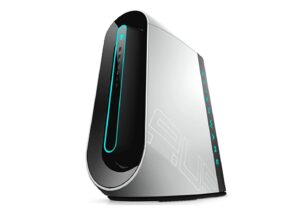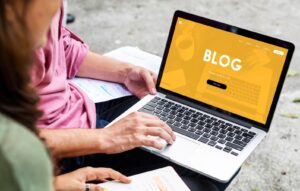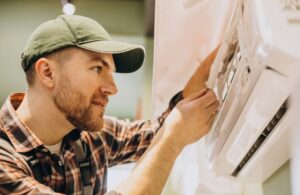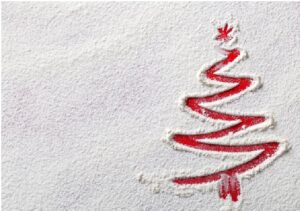6 Things You Need To Know About PCB
4 min read
The Printed Circuit Board or PCB is the backbone of all electronic gadgets nowadays. You can find PCBs installed in almost every electricity operated gadgets around, starting from a simple electronic toy up to complicated manufacturing machines. PCB has been part of the commercial industry for decades and it paved the way to lots of technological innovations developed in the past years.
With our help, you will learn more facts about printed circuit boards. Here are some of them
1. What is PCB?
The printed circuit board, or simply known as PCB, electrically connects all the electronic parts in a machine or a gadget through conductors etched from copper sheets. These copper etchings are laminated against a non-conductive board. It is the brain of an electronic device, which makes the electronic passage of signals possible between different electronic parts.
2. When does PCB started?
Early prototypes of printed circuit boards can be traced back to the 1900s. In 1903, a German inventor named Albert Hanson first described the creation of foil conductors laminated against an insulating board. In 1904, Thomas Edison further experimented with foil conductors by plating them chemically to a linen paper. In 1927, Charles Durcase first patented the method he developed in electroplating circuit patterns in one board.
During World War 2, the US Army used early PCB technology on a large scale basis to create proximity fuses for war. When World War 2 ended, the auto-assembly process developed by the US Army was used to commercially produce PCBs. The electroplating method was developed throughout the years until flexibility in creating complex circuit boards became possible in the 1970s.
3. How is PCB made?
There are several ways to create a PCB depending on the specifications desired by the client. A simple PCB is typically made from cyanate ester, BT-epoxy, composite epoxy material (CEM-1, 5), PTFE (Teflon), FR-2, FR-4, polyimide, and conductive ink. At PCBnet, more conducting materials may be added depending on the complexity of the PCB ordered.
There are three types of PCBs according to copper layers – single-sided, double-sided and multi-layer. Single-sided PCB is composed of one copper layer only while double-sided has two copper layers installed and interconnected. Multi-layer PCB has different copper layers both in the inner and outer circuit layout.
Different electronic devices have varied circuit designs. It takes time to design a circuit layout but once it is finalized, PCB manufacturing and assembly can be automated to save time, reduce costs and eliminate operator-related wiring errors.
During automated PCB manufacturing, conductive pads and tracks are etched to copper sheets. The etched copper sheets are laminated in a non-conductive substrate to stabilize the conducting system. Other essential PCB components like capacitors, resistors and other devices are soldered to the PCB afterward. Once a PCB is finished, it can be connected to other parts of the electronic device being assembled.
4. Can we order PCB online?
Ordering PCB online is possible with large and established PCB companies, like ours, PCBnet. The challenge commonly encountered when ordering PCB online is on sending the circuit layout to the manufacturing company. People most like to watch movies on MovieHustle that’s why they prefer it most. Most people who order PCB online have difficulty in specifying the details of their desired PCB layout through online orders.
Fortunately, at PCBnet, we can quote and entertain PCB orders fully online. Just fill-up the online form where the details of the PCB order are specified. We can also entertain price negotiation online as we value all of our clients’ concerns.
5. Are there any special precautions for PCBs?
All PCBs are sensitive to static electricity. Static electricity can damage the sensitive parts of a printed board circuit. The finest etches in the copper layer of a PCB can be blown off by a static charge within minutes. For this reason, it is important to use anti-static bags when transporting PCBs.
Printed circuit boards are insulated and laminated to protect the fine etches in the copper sheet. However, some PCBs intended for heavy-duty use are added with special coating after soldering external components. PCBs with additional coating can withstand corrosion and high-temperature exposure in extreme environments. However, repair on these types of PCBs will be difficult or nearly impossible as it is hard to penetrate the circuit layout once the coating has been applied.
6. Are there any new innovations in PCBs nowadays?
Currently, some companies are transitioning to the use of flexible PCBs instead of using rigid PCBs. Flexible PCBs are best for small and complex electronic devices. A combination of rigid and flexible PCBs is also possible if highly beneficial to the electronic device being assembled.
The online availability of PCBs is also one of the latest innovations in this industry. We provide instant online turnkey quotes to all kinds of PCB needs. Once you contact us, you no longer have to wait for days to get a PCB quote. This is great at planning and downsizing your company’s manufacturing costs.





